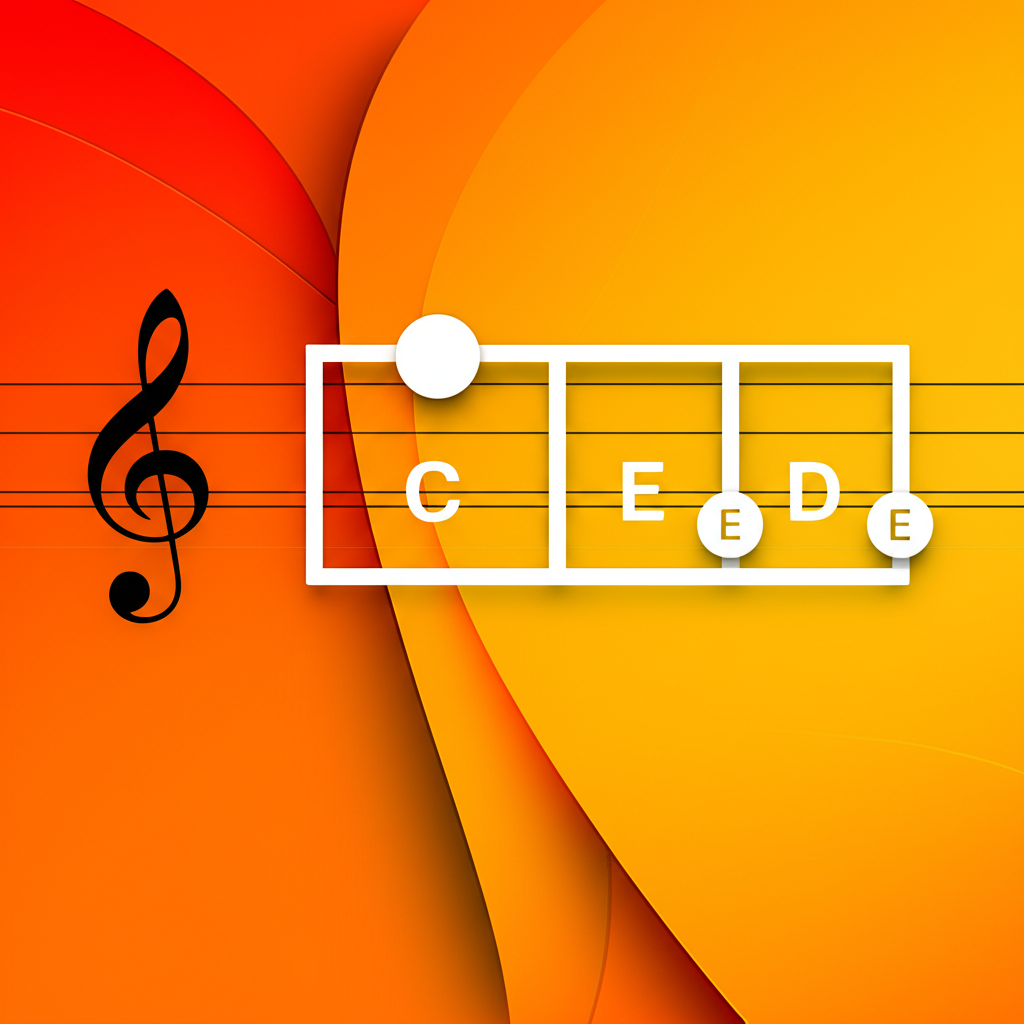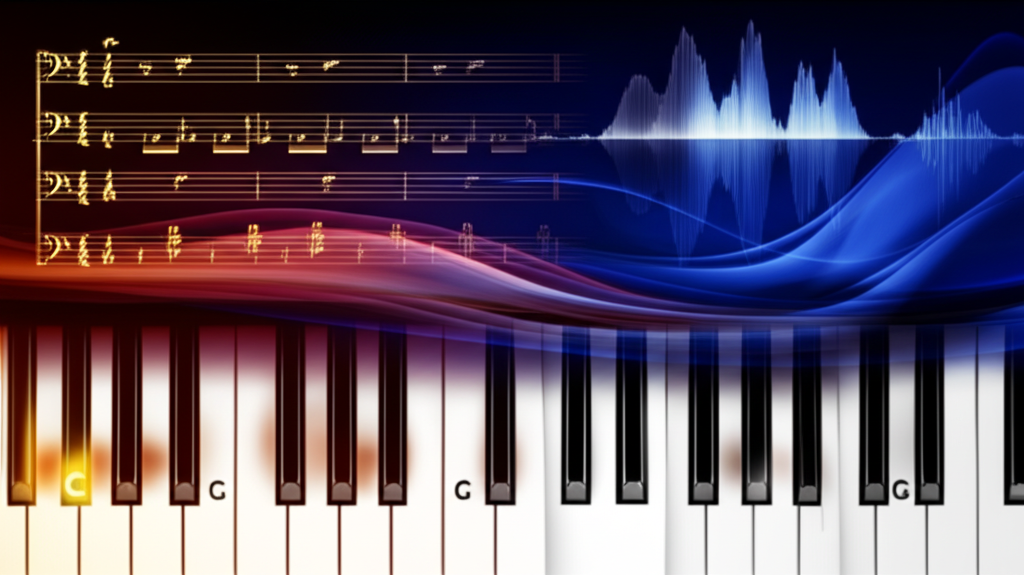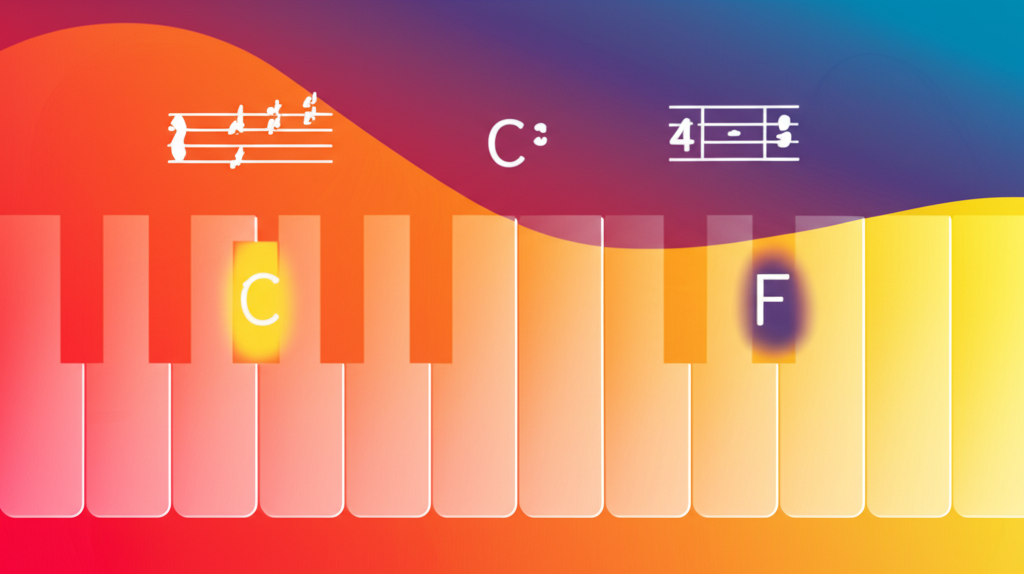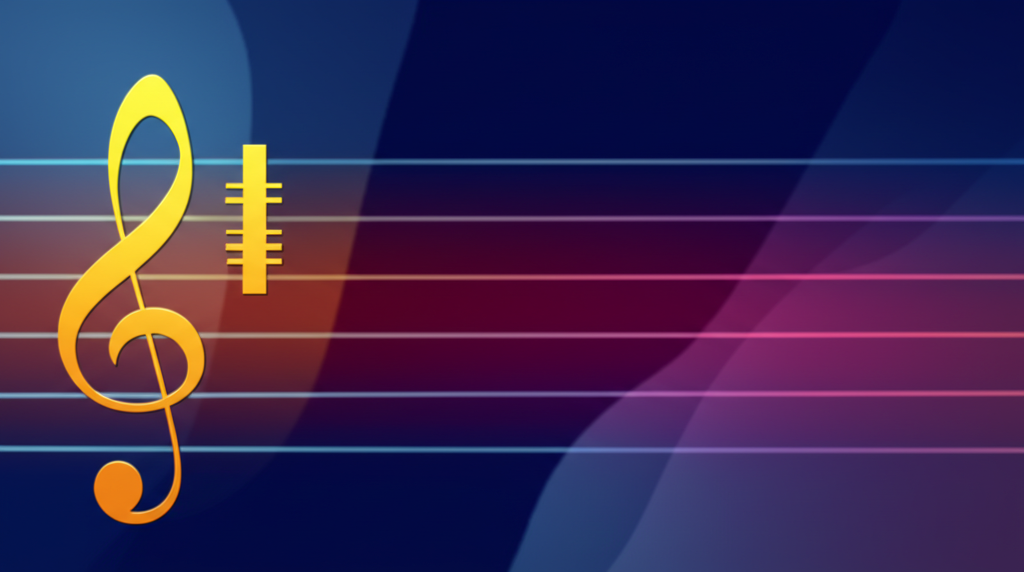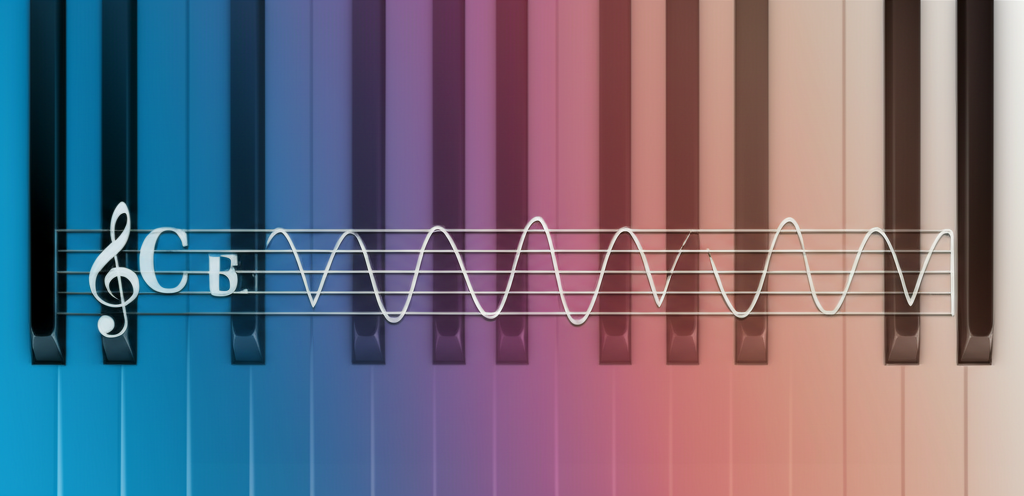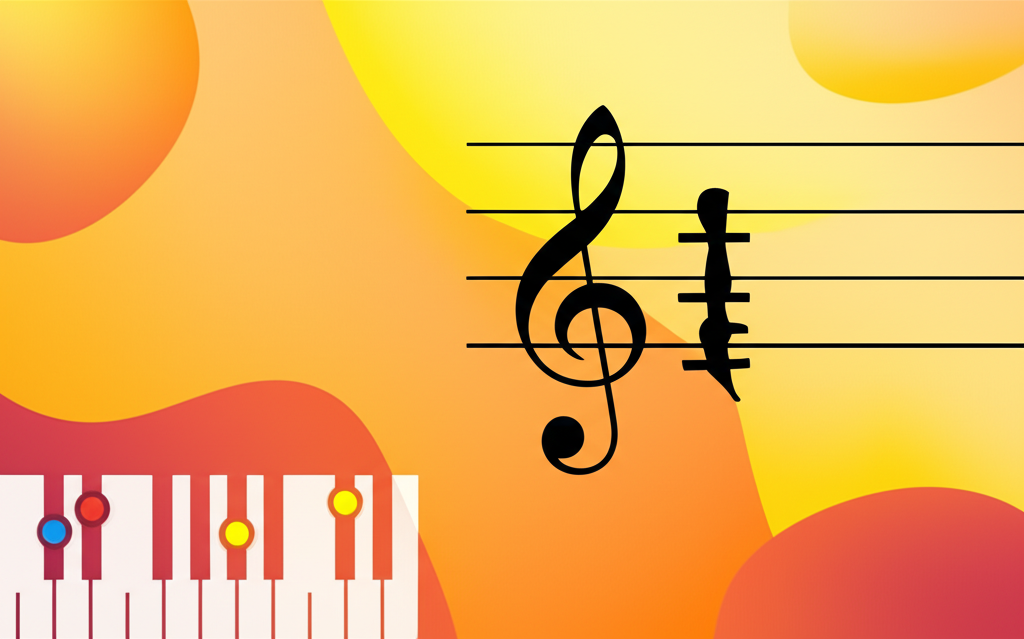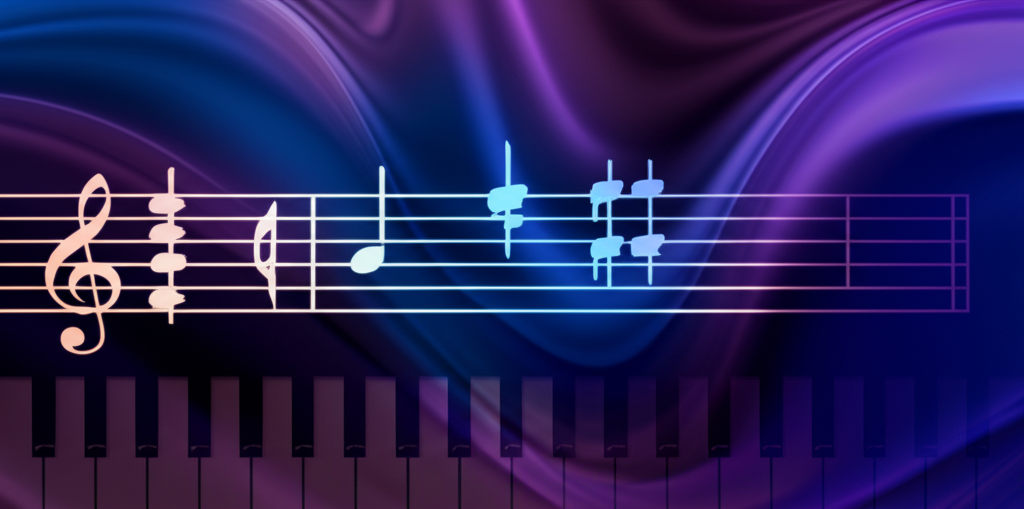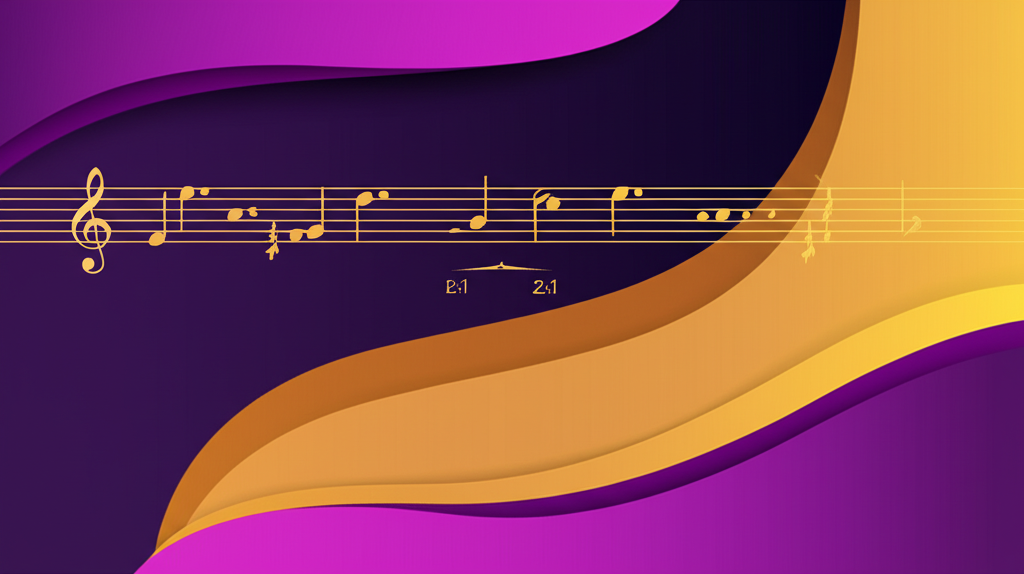
Perfect Octave Interval

b4n1
June 4, 2025, 2:21 p.m.
Understanding the Perfect Octave
The perfect octave is the most consonant interval in music after the unison. It consists of twelve semitones (half steps) and represents the same pitch class at a different register, creating a sense of completion and return.
Characteristics of the Perfect Octave
A perfect octave interval has the following properties:
- Distance: 12 semitones (6 whole steps)
- Quality: Perfect
- Sound: Highly consonant and stable
- Function: Creates pitch equivalence at different registers
Examples of Perfect Octaves
Common examples of perfect octave intervals include:
- C to C (one octave higher)
- A to A (440 Hz to 880 Hz)
- F to F (any F to the next F)
- G to G (spanning one complete octave)
Musical Context and Usage
Perfect octaves are fundamental in:
- Pitch organization: Defining the repeating pattern of pitches
- Voice ranges: Distinguishing soprano, alto, tenor, bass
- Doubling: Reinforcing melodies at different octaves
- Scale construction: The boundary of complete scales
Acoustic Properties
The octave has unique acoustic properties:
- Frequency ratio: Exactly 2:1 (double the frequency)
- Harmonic series: First overtone after the fundamental
- Perceptual equivalence: Notes sound "the same" but higher/lower
- Universal recognition: Present in all musical cultures
Recognition and Training
To develop your ear for perfect octaves:
- Sing "Somewhere Over the Rainbow" (first two notes)
- Practice matching pitches at different octaves
- Listen to men and women singing the same melody
- Play scales and focus on the return to the starting note
Historical and Cultural Significance
The octave has been recognized across cultures:
- Ancient Greece: Pythagoras identified the 2:1 ratio
- Medieval music: Foundation of modal systems
- Equal temperament: Divided into 12 equal semitones
- Modern music: Basis for pitch class equivalence
Understanding the perfect octave is essential for grasping how pitch systems work and how music organizes sound across different registers.
